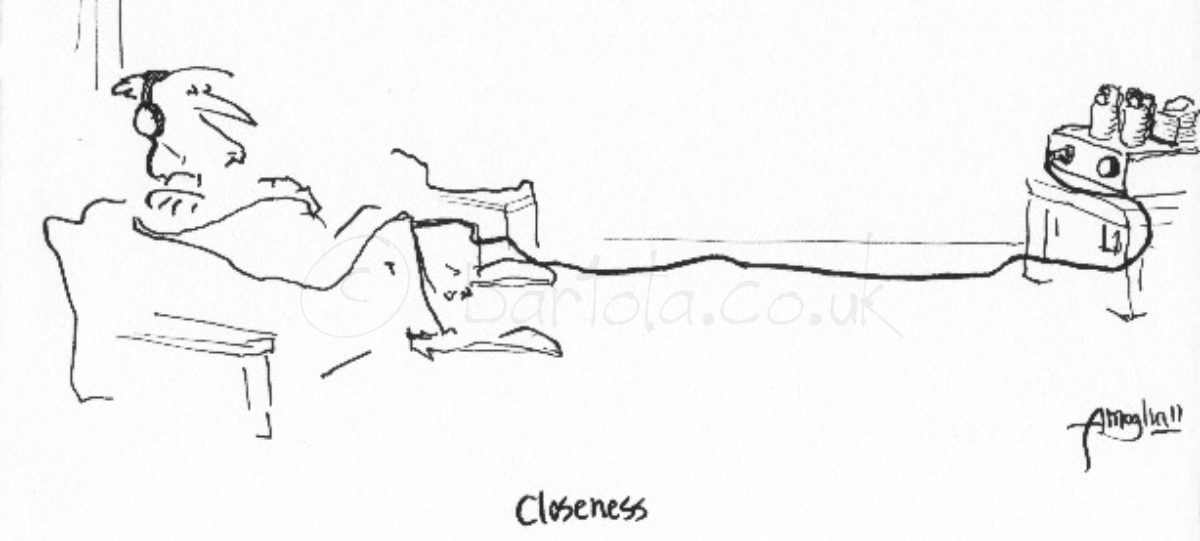Sunday morning and my brain already started with a lot of activity early today. Should be the other way round. I spent all week working and weekends should be about relaxation, but can’t help it 🙂 Before going up to the workshop and continue with the 4-65a SE amplifier build, I put into work some of these ideas that are flying around.
The 46 filament bias driver with its hefty supply will be “the driver” for the 4-65a, yes, no doubt. I may want to try some other combinations such as 4P1L pentode in filament bias, or why not some other drivers as 6e5p, C3g and D3a. All these are brilliant candidates. But final judge should be my ears. We all know that what looks really good in paper not necessarily translates into a great sounding driver, but at least is the best start.
 C3g (as well as D3a) a really linear and revered valves in triode mode. Huge gain, current capability and transconductance. Perfectly engineered valves. C3g can easily provide a great performance as a driver with a gyrator load. I found playing around that with a simple LED bias, a bias of -2V, 190V and 30mA provides an outstanding 0.15% @ 200Vpp at least on the simulations..
C3g (as well as D3a) a really linear and revered valves in triode mode. Huge gain, current capability and transconductance. Perfectly engineered valves. C3g can easily provide a great performance as a driver with a gyrator load. I found playing around that with a simple LED bias, a bias of -2V, 190V and 30mA provides an outstanding 0.15% @ 200Vpp at least on the simulations..
I may try this in my 4P1L/6C4C project as well…. (so much to do)
Ale
Edit
Hi Ale,
A few observations.
190V with 31mA provide dissipation of 5.9 W !! It is excessive.
Use Telefunken data. Pa max is 3,5W.
Also, look data : “G2 and G3 connected to AJust as a long-time user C3g as driver
Rajko
You’re right, interesting oversight which reflects that I shouldn’t be doing this early on a Sunday morning! Looking at the datasheet, we could get out 4.9W maximum if using Pa=3.5W + Pg2=0.7W + Pg3=0.7W. Well, a bit too much, perhaps safer running it below 4.5W.
So let’s see how it performs if we dial down the anode current. I ended up changing the LED to minimise distortion:

The THD is 0.26%@ 200Vpp which is similar to my two stage 4P1L-46. I wonder how much distortion the 4P1L will give at 200Vpp?














